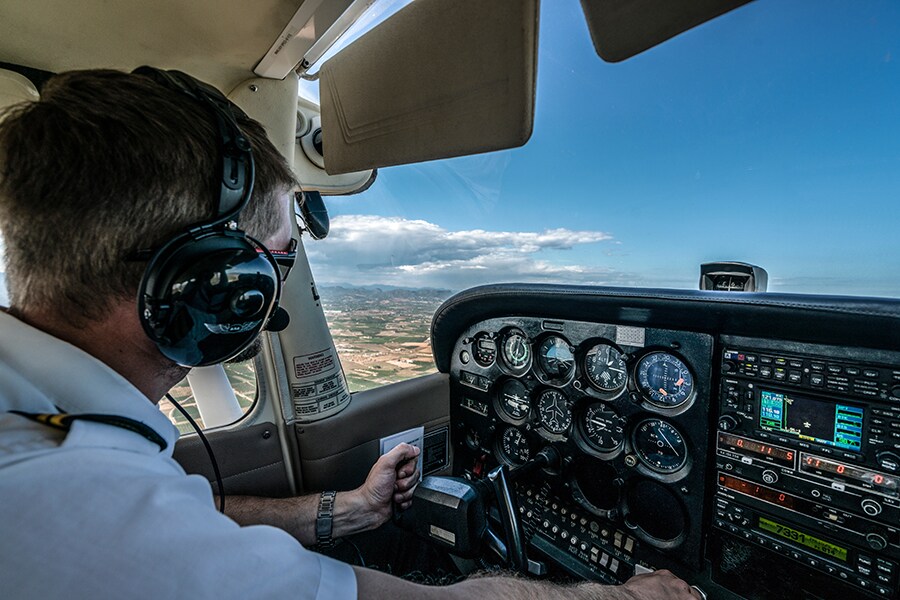
How 5G clashed with an aviation device invented in the 1920s
The radio altimeter, first developed in the 1920s, still plays a crucial role in planes, helping pilots determine a jet's altitude and its distance from other objects
 Aviation regulators were correct in raising concerns about 5G and were taking appropriate steps to ensure safety
Aviation regulators were correct in raising concerns about 5G and were taking appropriate steps to ensure safety
Image: Shutterstock
A technological innovation that helped pilots fly fighter jets during World War II is now at the heart of the dispute between airlines and AT&T and Verizon over 5G, an innovative service meant to speed up mobile devices.
The clash has been years in the making and came to a head in the past few weeks. AT&T and Verizon agreed Tuesday to restrict 5G near airports after airlines warned that potential interference from it could cause a crucial device on planes to malfunction, and force them to cancel flights. Even with the airport restriction, a number of international airlines Tuesday canceled flights to the United States, though some of those flights were restored.
The instrument in question is a radio altimeter. It was first developed in the 1920s but still plays a crucial role in planes, helping pilots determine a jet’s altitude and its distance from other objects. In some planes, altimeter readings are fed directly into automated systems that can act without input from pilots. As aviation experts describe it, the 5G system used by AT&T and Verizon works in similar frequencies to the ones used by altimeters.
“You do not want to be on planes landing without the altimeter working,” said Diana Furchtgott-Roth, a former deputy secretary at the Department of Transportation in charge of researching new technologies. She added that aviation regulators were correct in raising concerns about 5G and were taking appropriate steps to ensure safety.
©2019 New York Times News Service







